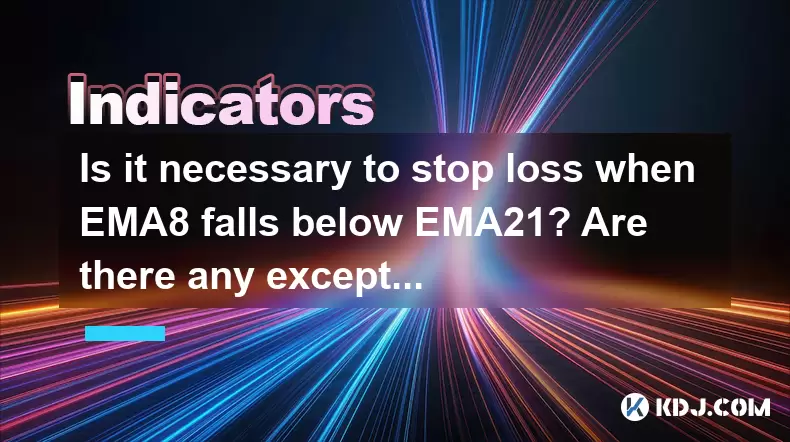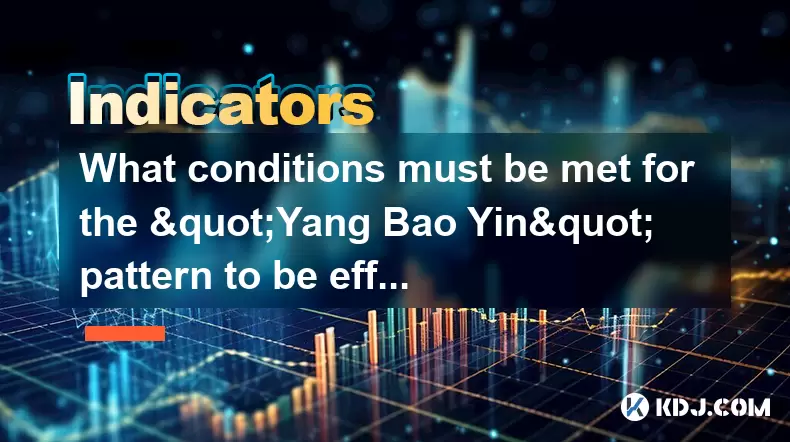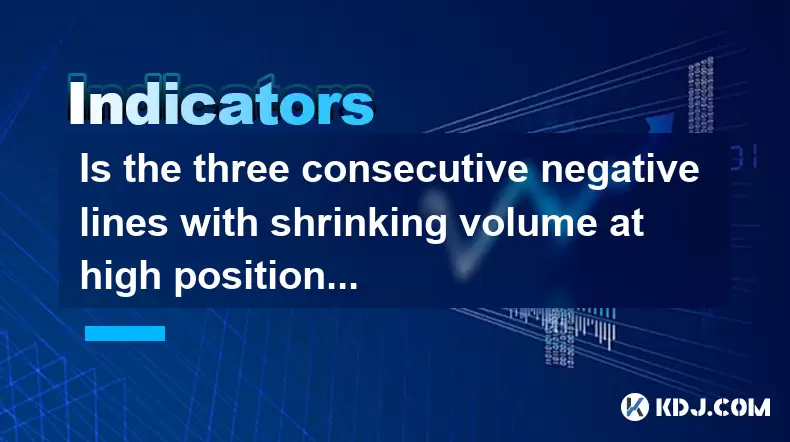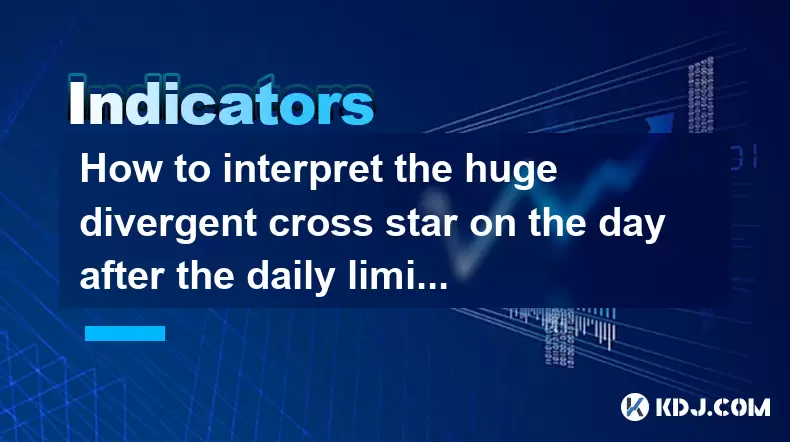-
 Bitcoin
Bitcoin $105,025.1724
0.07% -
 Ethereum
Ethereum $2,533.8989
0.12% -
 Tether USDt
Tether USDt $1.0004
0.00% -
 XRP
XRP $2.1698
0.97% -
 BNB
BNB $650.8047
-0.66% -
 Solana
Solana $145.7963
0.25% -
 USDC
USDC $1.0000
0.00% -
 Dogecoin
Dogecoin $0.1772
0.93% -
 TRON
TRON $0.2697
-1.56% -
 Cardano
Cardano $0.6367
-0.38% -
 Hyperliquid
Hyperliquid $41.4731
3.60% -
 Sui
Sui $3.0250
-0.14% -
 Chainlink
Chainlink $13.1768
-0.91% -
 Bitcoin Cash
Bitcoin Cash $434.8850
4.38% -
 UNUS SED LEO
UNUS SED LEO $9.0415
-0.20% -
 Stellar
Stellar $0.2595
0.05% -
 Avalanche
Avalanche $19.1109
-0.76% -
 Toncoin
Toncoin $3.0006
1.14% -
 Shiba Inu
Shiba Inu $0.0...01217
3.48% -
 Hedera
Hedera $0.1594
3.07% -
 Litecoin
Litecoin $86.3000
2.63% -
 Polkadot
Polkadot $3.7985
-1.20% -
 Ethena USDe
Ethena USDe $1.0003
0.00% -
 Monero
Monero $315.8904
0.03% -
 Dai
Dai $0.9998
0.00% -
 Bitget Token
Bitget Token $4.5397
0.27% -
 Pepe
Pepe $0.0...01112
3.53% -
 Uniswap
Uniswap $7.3135
0.65% -
 Pi
Pi $0.5862
4.89% -
 Aave
Aave $275.8013
-3.12%
Is it necessary to stop loss when EMA8 falls below EMA21? Are there any exceptions?
When EMA8 crosses below EMA21 in crypto trading, it signals bearish momentum, often prompting traders to set stop-loss orders above recent resistance levels to manage risk and protect capital.
Jun 14, 2025 at 02:42 am

Understanding EMA8 and EMA21 in Cryptocurrency Trading
In cryptocurrency trading, Exponential Moving Averages (EMAs) are widely used technical indicators to identify trends and potential reversal points. The EMA8 refers to the 8-period exponential moving average, while EMA21 is the 21-period EMA. These tools help traders make informed decisions by smoothing out price data over specified timeframes.
The crossover of these two EMAs is often seen as a key signal for entering or exiting trades. Specifically, when EMA8 falls below EMA21, it indicates a bearish shift in momentum. This event can serve as a trigger for implementing risk management strategies such as stop-loss orders.
Why Traders Consider Stop Loss When EMA8 Crosses Below EMA21
A common strategy among crypto traders involves using the EMA8/EMA21 crossover as a signal to exit long positions or initiate short trades. Since this crossover typically signals weakening bullish momentum, placing a stop loss just above the recent swing high or resistance level becomes a logical step to limit potential losses.
- Risk Control: Prevents significant drawdowns if the price continues to decline after the crossover.
- Psychological Discipline: Helps maintain emotional control by predefining exit points.
- Strategy Consistency: Aligns with trend-following systems that rely on moving averages.
However, it's crucial to understand that not every EMA8/EMA21 crossover results in a sustained downtrend. In ranging or sideways markets, false signals may occur frequently, leading to premature exits from potentially profitable positions.
Exceptions Where Stopping Loss May Not Be Necessary
While many traders follow the rule of placing a stop loss upon seeing EMA8 drop below EMA21, there are notable exceptions where this approach might not be ideal.
- Strong Support Zones: If the price is approaching a historically strong support level near the crossover point, it might bounce back instead of continuing downward.
- Volume Confirmation: Low trading volume during the crossover could indicate a lack of conviction among market participants, suggesting the move may not be reliable.
- Confluence With Other Indicators: If other technical tools like RSI or MACD show divergence or suggest oversold conditions, the trader might delay the stop loss placement.
In such cases, experienced traders often wait for additional confirmation before activating a stop loss order.
How to Implement a Stop Loss Based on EMA Crossovers
To effectively use the EMA8 and EMA21 crossover for setting stop loss levels, follow these steps:
- Identify the Crossover Signal: Monitor when EMA8 crosses below EMA21 on your chart. Use candlestick charts with EMAs overlaid for clarity.
- Assess the Market Structure: Determine whether the asset is in an uptrend, downtrend, or consolidation phase. Avoid mechanical trading without context.
- Locate Key Resistance Levels: Identify the most recent swing high or horizontal resistance area where selling pressure might increase.
- Set the Stop Loss Level: Place your stop loss just above the identified resistance zone to allow for normal price fluctuations.
- Adjust Position Size Accordingly: Ensure your position size aligns with your risk tolerance relative to the stop distance.
This method allows traders to manage their exposure while giving the trade room to breathe within the natural volatility of crypto markets.
Backtesting Your Strategy Against Historical Data
Before applying any EMA-based stop loss strategy live, it’s essential to test its effectiveness using historical data. Here's how to do it:
- Choose a Timeframe: Select a timeframe relevant to your trading style—e.g., 1-hour, 4-hour, or daily charts.
- Mark All EMA8/EMA21 Crossovers: Go through past data and note every instance where EMA8 crossed below EMA21.
- Evaluate Outcomes: For each crossover, determine what would have happened had you placed a stop loss at a specific level.
- Calculate Win/Loss Ratio: Analyze how often the stop loss was hit versus how often the price reversed favorably after the initial drop.
- Refine Entry and Exit Parameters: Adjust stop distances or incorporate filters like volume or candlestick patterns to improve accuracy.
By doing so, you’ll gain insights into whether this strategy works consistently across different market conditions.
Frequently Asked Questions
Q: Can I ignore the EMA8/EMA21 crossover if I'm holding for the long term?
Yes, long-term investors often disregard short-term crossovers unless they coincide with broader macroeconomic or fundamental changes. Long-term holders focus more on project fundamentals than technical signals.
Q: How accurate are EMA crossovers in predicting price drops in crypto?
EMA crossovers are lagging indicators and tend to perform better in trending markets than in choppy or sideways ones. Their reliability increases when combined with volume analysis and other confirming signals.
Q: What should I do if EMA8 crosses back above EMA21 shortly after falling below it?
This could indicate a false breakdown or a reversal. It's wise to reassess the trend strength and possibly re-enter long positions if supporting factors like volume and momentum confirm the change.
Q: Are there alternative indicators that work better than EMA for setting stop losses?
Some traders prefer using dynamic support/resistance lines like Ichimoku Clouds, Parabolic SAR, or ATR-based stops. Each has pros and cons, and combining them with EMAs can enhance decision-making accuracy.
Disclaimer:info@kdj.com
The information provided is not trading advice. kdj.com does not assume any responsibility for any investments made based on the information provided in this article. Cryptocurrencies are highly volatile and it is highly recommended that you invest with caution after thorough research!
If you believe that the content used on this website infringes your copyright, please contact us immediately (info@kdj.com) and we will delete it promptly.
- Toncoin (TON) Trading Pattern Shows Signs of an Approaching Breakout
- 2025-06-14 18:47:10
- title: XRP Price Records a Notable Recovery
- 2025-06-14 18:40:12
- Chainlink (LINK) Co-founder: Global Banks Poised to Embrace Chainlink
- 2025-06-14 18:35:12
- Dogecoin (DOGE) Holders Reach Nearly 8 Million, Surpassing XRP and USDC
- 2025-06-14 18:35:12
- Are meme coins finally making room for AI-driven contenders?
- 2025-06-14 18:30:12
- Can Pi Network Bounce Back as Price Slips Below $0.65?
- 2025-06-14 18:30:12
Related knowledge

How to calculate the probability of trend continuation after the MACD column divergence?
Jun 14,2025 at 08:01am
Understanding MACD Column DivergenceThe Moving Average Convergence Divergence (MACD) is a widely used technical indicator in cryptocurrency trading. The MACD column, also known as the histogram, represents the difference between the MACD line and the signal line. When price makes a new high or low but the MACD histogram does not confirm this movement, a...

What are the volume requirements for adjusting the K line in the "rising three methods" pattern?
Jun 14,2025 at 07:50am
Understanding the 'Rising Three Methods' Pattern in Cryptocurrency TradingThe 'rising three methods' pattern is a bullish continuation candlestick formation that traders often use to identify potential upward momentum in cryptocurrency price charts. This pattern typically appears during an uptrend and suggests that the trend is likely to continue after ...

What conditions must be met for the "Yang Bao Yin" pattern to be effective?
Jun 14,2025 at 06:42am
Understanding the 'Yang Bao Yin' Pattern in Cryptocurrency TradingThe Yang Bao Yin pattern is a candlestick formation commonly observed in technical analysis within the cryptocurrency market. This pattern typically signals a potential bullish reversal after a downtrend. However, for this pattern to be effective and reliable, certain conditions must be m...

Is the three consecutive negative lines with shrinking volume at high positions a signal that the main force has finished shipping?
Jun 14,2025 at 09:56am
Understanding the Concept of Three Consecutive Negative LinesIn cryptocurrency trading, three consecutive negative lines refer to a situation where an asset's price chart shows three successive candlesticks with closing prices lower than their opening prices. This pattern typically indicates bearish sentiment in the market. When this occurs at high posi...

Is it an opportunity for the long positive line with large volume to break through the platform and then shrink back?
Jun 14,2025 at 04:42am
Understanding the Long Positive Line with Large VolumeIn technical analysis, a long positive line refers to a candlestick pattern where the closing price is significantly higher than the opening price, often indicating strong buying pressure. When this occurs alongside large volume, it suggests that market participants are actively involved in pushing t...

How to interpret the huge divergent cross star on the day after the daily limit?
Jun 14,2025 at 02:35pm
Understanding the Divergent Cross Star PatternIn the realm of technical analysis within cryptocurrency trading, candlestick patterns are essential tools for predicting price movements. One such pattern is the divergent cross star, which appears as a doji or near-doji candle following a significant price move. When this pattern occurs the day after a dai...

How to calculate the probability of trend continuation after the MACD column divergence?
Jun 14,2025 at 08:01am
Understanding MACD Column DivergenceThe Moving Average Convergence Divergence (MACD) is a widely used technical indicator in cryptocurrency trading. The MACD column, also known as the histogram, represents the difference between the MACD line and the signal line. When price makes a new high or low but the MACD histogram does not confirm this movement, a...

What are the volume requirements for adjusting the K line in the "rising three methods" pattern?
Jun 14,2025 at 07:50am
Understanding the 'Rising Three Methods' Pattern in Cryptocurrency TradingThe 'rising three methods' pattern is a bullish continuation candlestick formation that traders often use to identify potential upward momentum in cryptocurrency price charts. This pattern typically appears during an uptrend and suggests that the trend is likely to continue after ...

What conditions must be met for the "Yang Bao Yin" pattern to be effective?
Jun 14,2025 at 06:42am
Understanding the 'Yang Bao Yin' Pattern in Cryptocurrency TradingThe Yang Bao Yin pattern is a candlestick formation commonly observed in technical analysis within the cryptocurrency market. This pattern typically signals a potential bullish reversal after a downtrend. However, for this pattern to be effective and reliable, certain conditions must be m...

Is the three consecutive negative lines with shrinking volume at high positions a signal that the main force has finished shipping?
Jun 14,2025 at 09:56am
Understanding the Concept of Three Consecutive Negative LinesIn cryptocurrency trading, three consecutive negative lines refer to a situation where an asset's price chart shows three successive candlesticks with closing prices lower than their opening prices. This pattern typically indicates bearish sentiment in the market. When this occurs at high posi...

Is it an opportunity for the long positive line with large volume to break through the platform and then shrink back?
Jun 14,2025 at 04:42am
Understanding the Long Positive Line with Large VolumeIn technical analysis, a long positive line refers to a candlestick pattern where the closing price is significantly higher than the opening price, often indicating strong buying pressure. When this occurs alongside large volume, it suggests that market participants are actively involved in pushing t...

How to interpret the huge divergent cross star on the day after the daily limit?
Jun 14,2025 at 02:35pm
Understanding the Divergent Cross Star PatternIn the realm of technical analysis within cryptocurrency trading, candlestick patterns are essential tools for predicting price movements. One such pattern is the divergent cross star, which appears as a doji or near-doji candle following a significant price move. When this pattern occurs the day after a dai...
See all articles

























































































